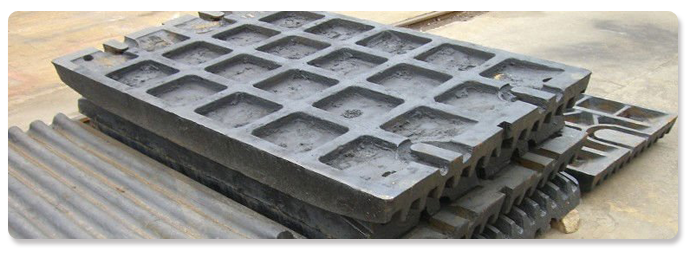12-14% Manganese Steel
12-14% Manganese Steel – Wear Resistant Steel with High Manganese Content.
12-14% Manganese Steel Plate Suppliers
Wear Resistant Steel with High Manganese Content.
Creusabro® M is a high Manganese, fully austenitic, quench annealed, non magnetic, work-hardening steel with an exceptionally high level of wear resistance when subjected to work-hardening by shock or high impact pressure in service.The main characteristics is a superior wear resistance: Severe wear on the surface has a work-hardening effect on the austenitic structure of this steel. This, when combined with the level of carbon in accordance with the international standards, leads to an increase in hardness from 200BHN (in as delivered plates) up to an in-service hardness of at least 600BHN.
This work-hardening capability renews itself through out in-service life. The underlayers not work-hardened maintain an excellent resistance to shock and a very high ductility.
Typical Applications:
- Quarries and Constructions: Earth moving crusher jaw, grizzly, screen, stone chutes, chain guide and shredder plates, shovel buckets.
- Mines: Bucket blade of loader, chain conveyor parts, sprocket wheel, various armouring elements.
- Iron Industry, Foundry: Guiding and shifting plates, scraps container, liner of shot blasting unit, pedestal liner, flanged bolster cup, wear liner.
- Concrete and Brickworks: Core and dividing wall of parpen mould, grinding mill scraper, mixer paddle.
- Scraps – Recoveries: Wheel disk, striker and hammer mill.
- Automotive Industries: Shot blasting equipment.
- It is also used for its low coefficient of friction in metal-to-metal applications, its non-magnetic properties in electrical transformer assemblies and for industrial lifting magnets.
Standards:
|
EURONORM
|
1.3401 – X120Mn13
|
DIN
|
W1.3401
|
|
AFNOR |
X120Mn13 |
ASTM |
A128 Gr B2 |
The main characteristics is a superior wear resistance:
Severe wear on the surface has a work-hardening effect on the austenitic structure of this steel.
This, when combined with the level of carbon in accordance with the international standards, leads to an increase in hardness from 200BHN (in as delivered plate) up to an in-service hardness of at least 600BHN.
This work-hardening capability renews itself through out in-service life.The underlayers not work-hardened maintain an excellent resistance to shock and a very high ductility.



